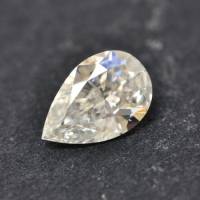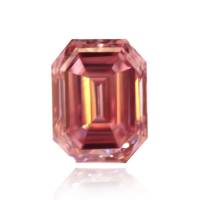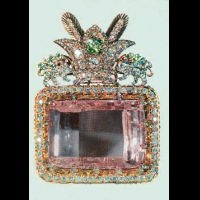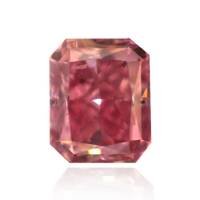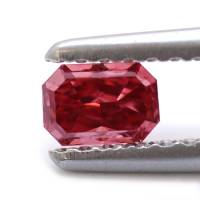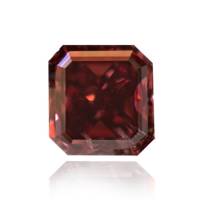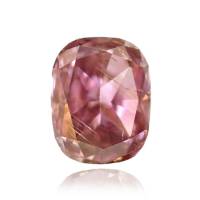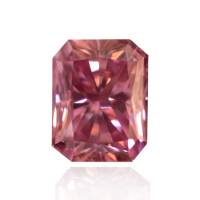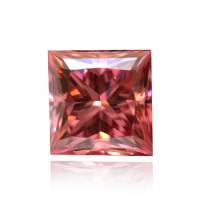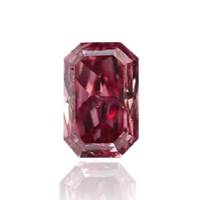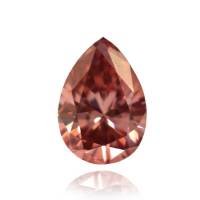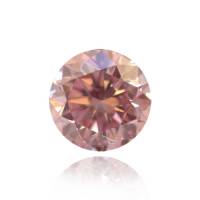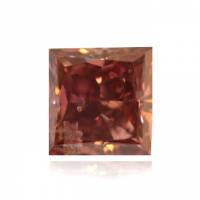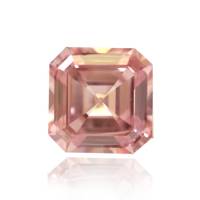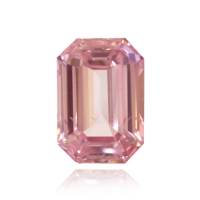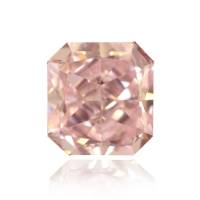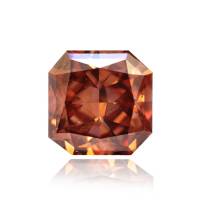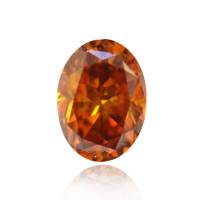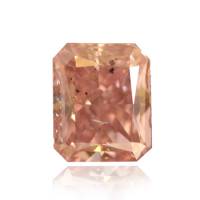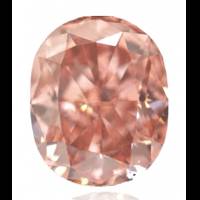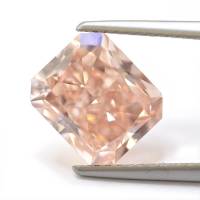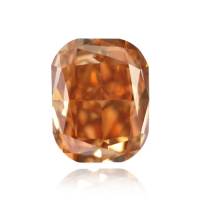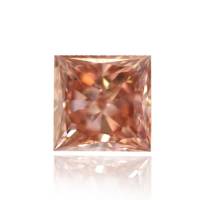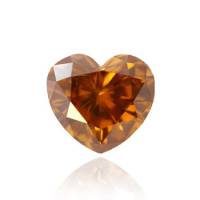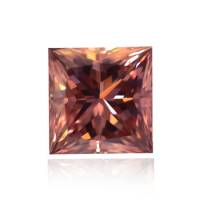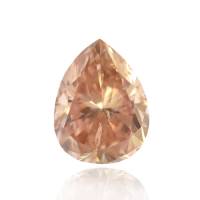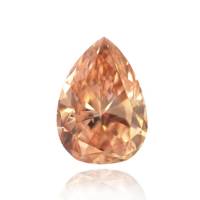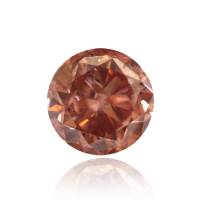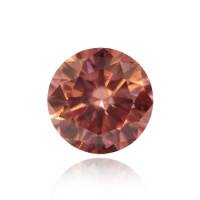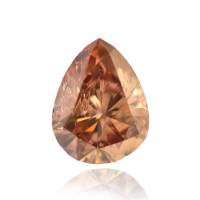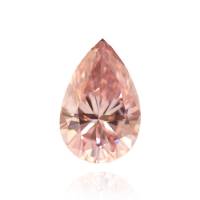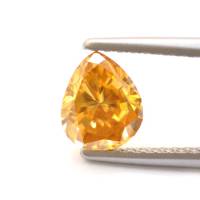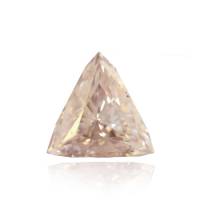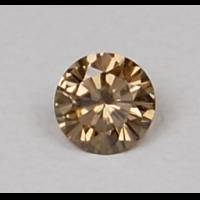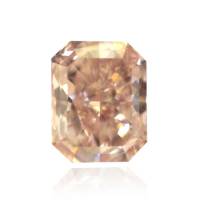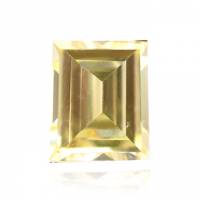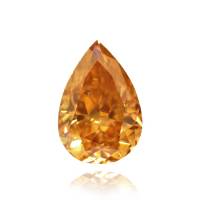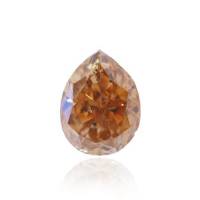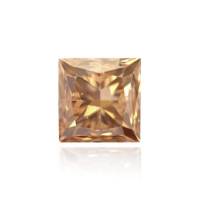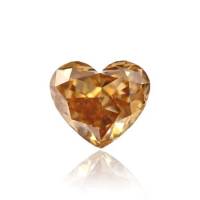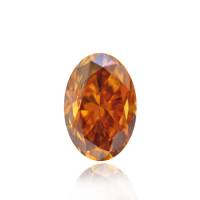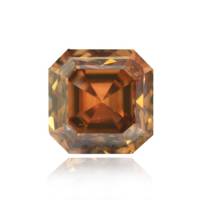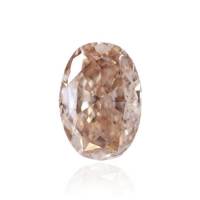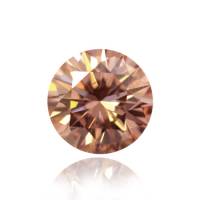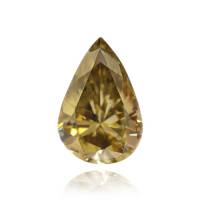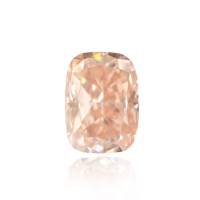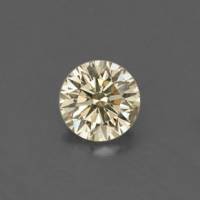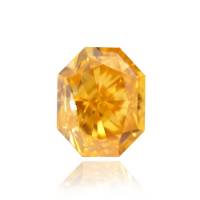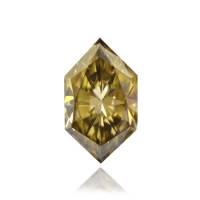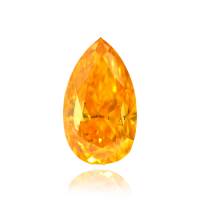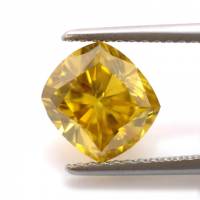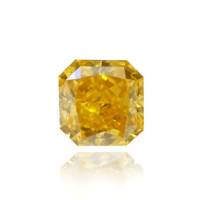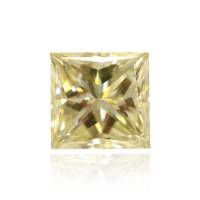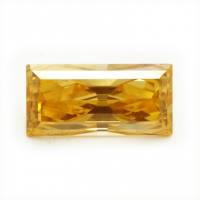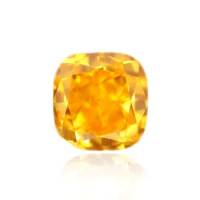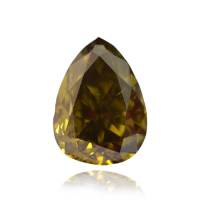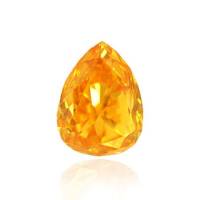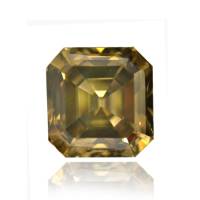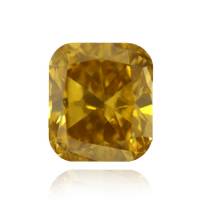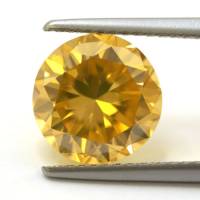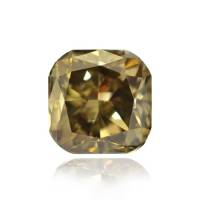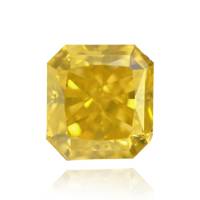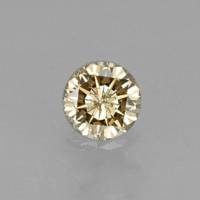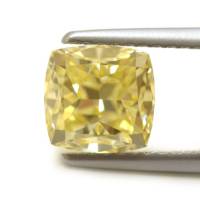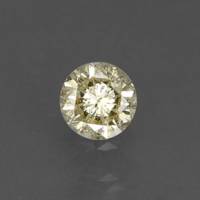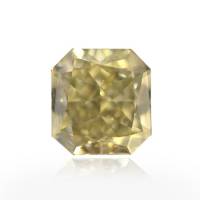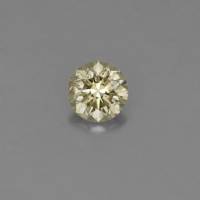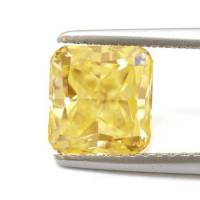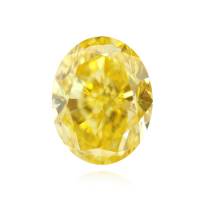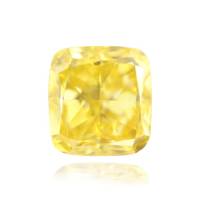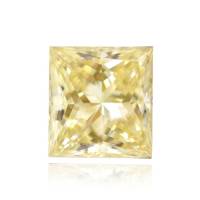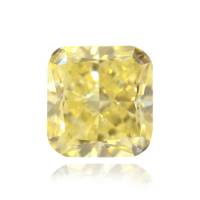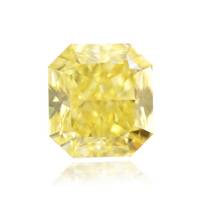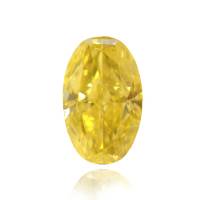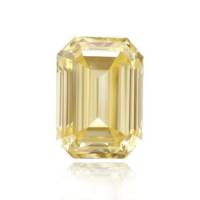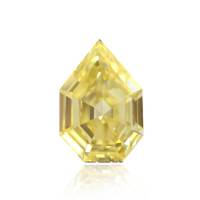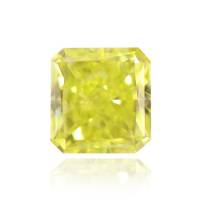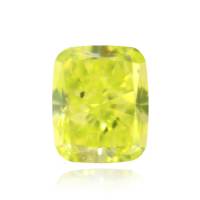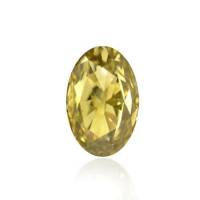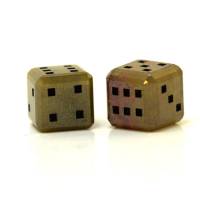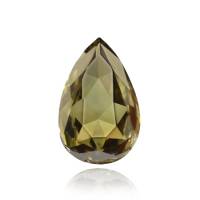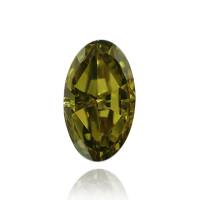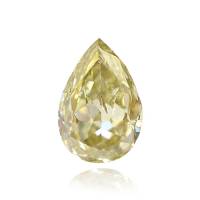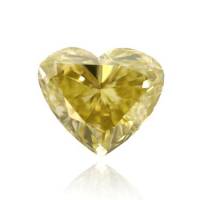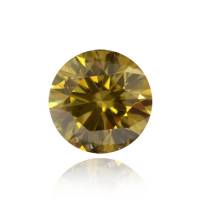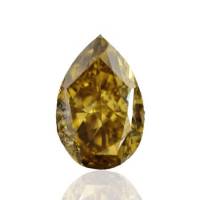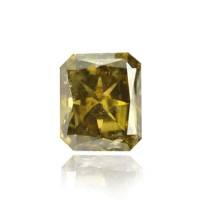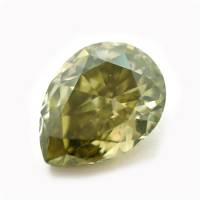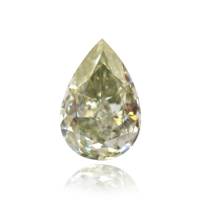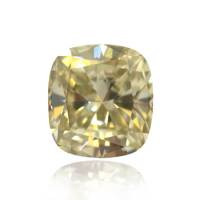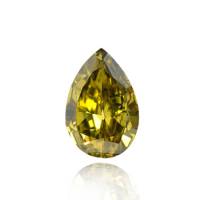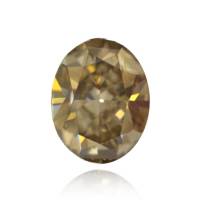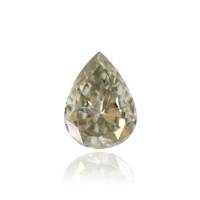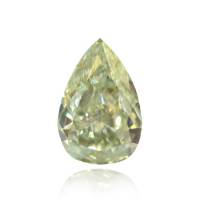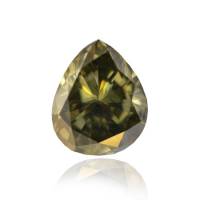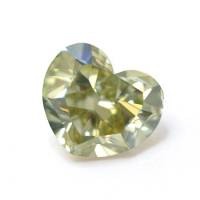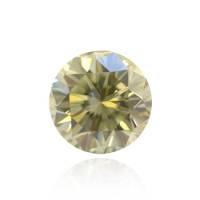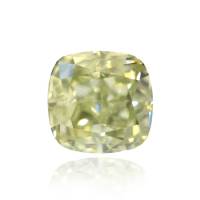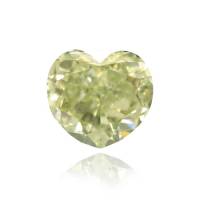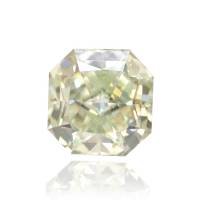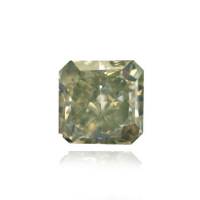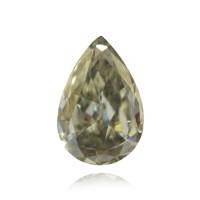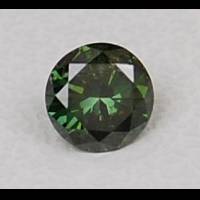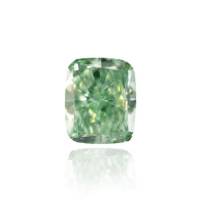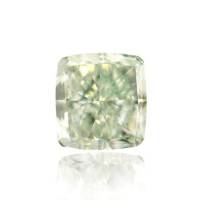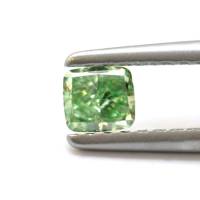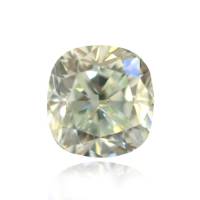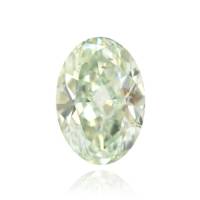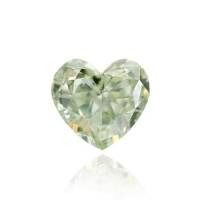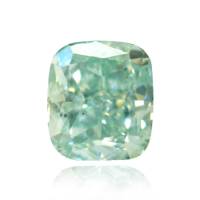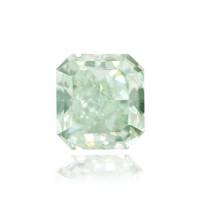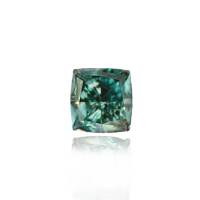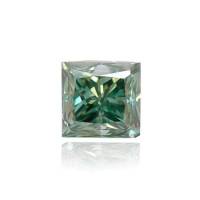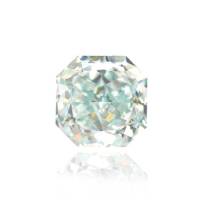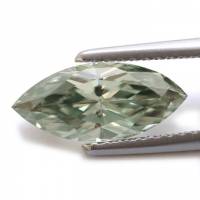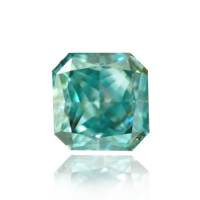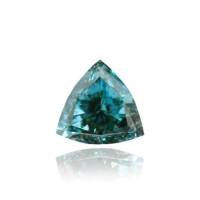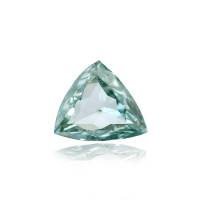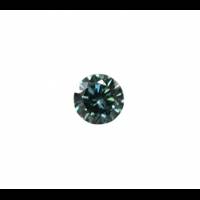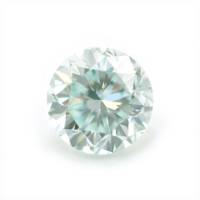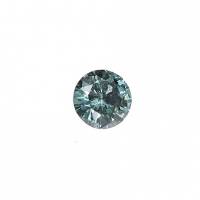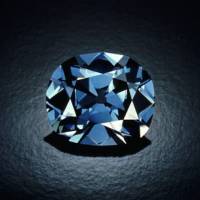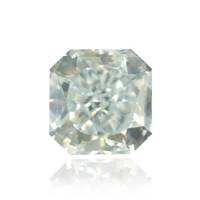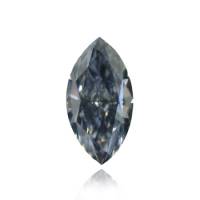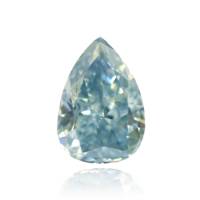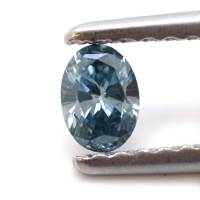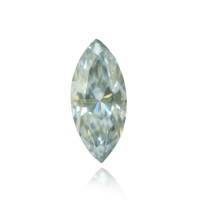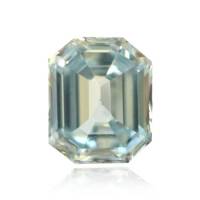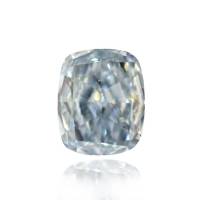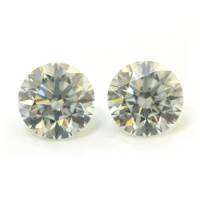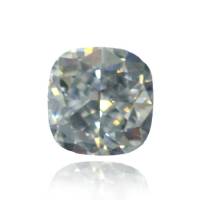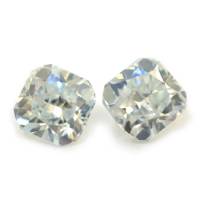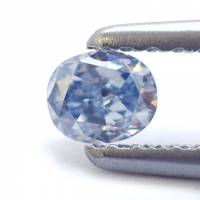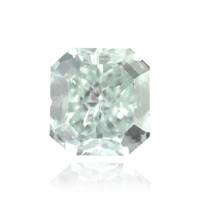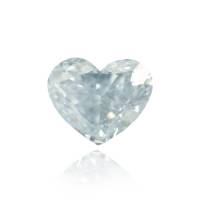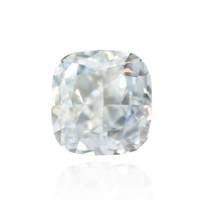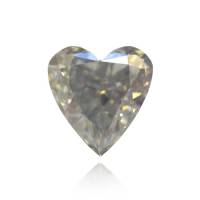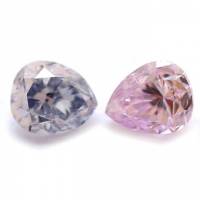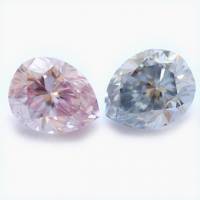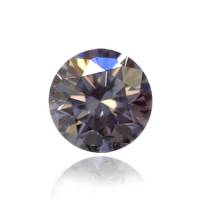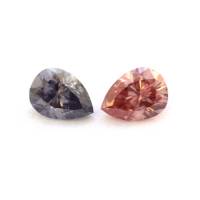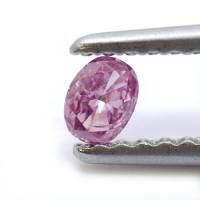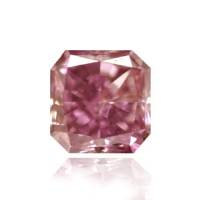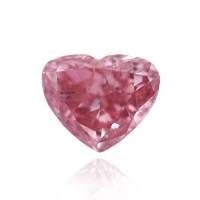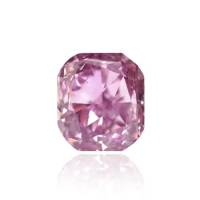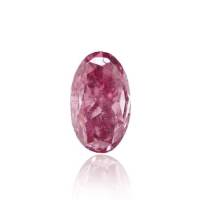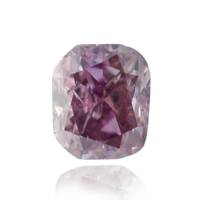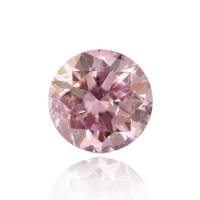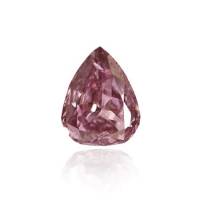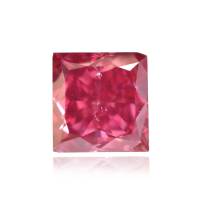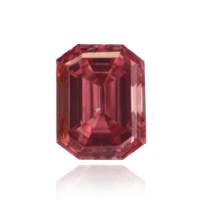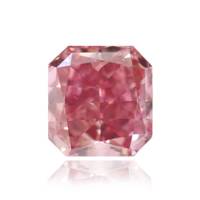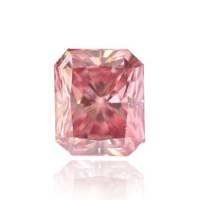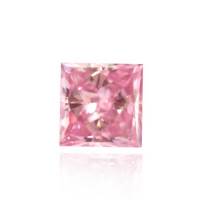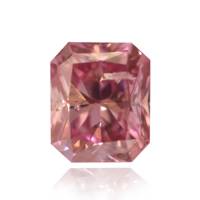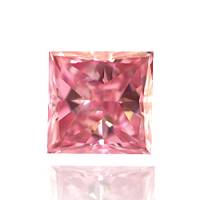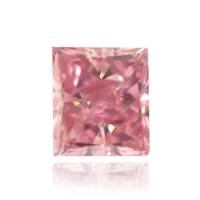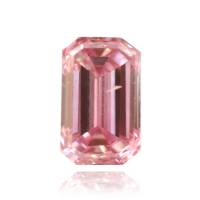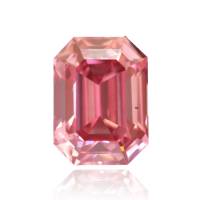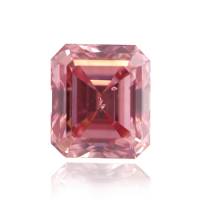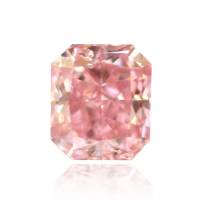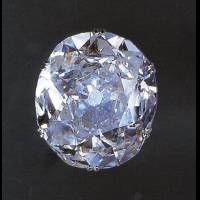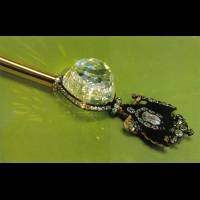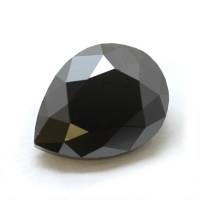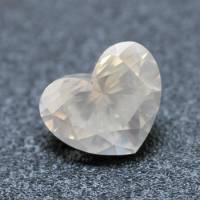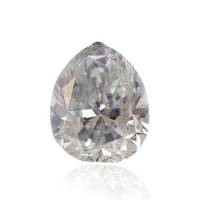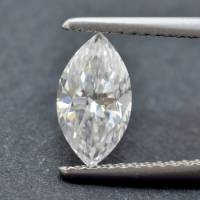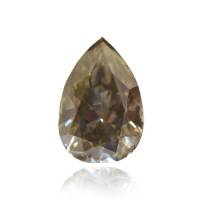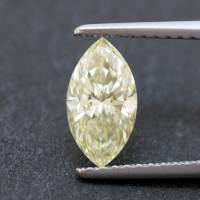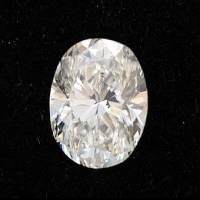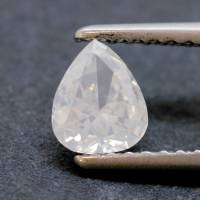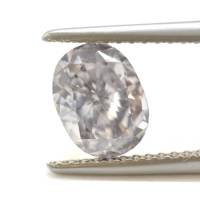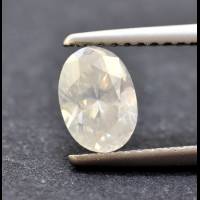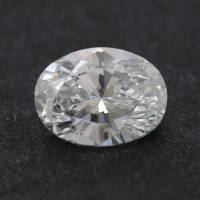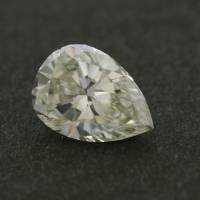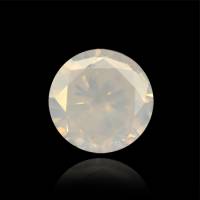Diamond
A diamond (from the ancient Greek adámas, meaning "unbreakable," "proper," or "unalterable") is one of the best-known and most sought-after gemstones. Diamonds have been known to humankind and used as decorative items since ancient times; some of the earliest references can be traced to India.
The hardness of diamond and its high dispersion of light – giving the diamond its characteristic "fire" – make it useful for industrial applications and desirable as jewellery.
Perhaps the most famous use of the diamond in jewellery is in engagement rings, which became popular in the early to mid 20th century due to an advertising campaign by the De Beers company, though diamond rings have been used to symbolize engagements since at least the 15th century.
The hardness of diamond and its high dispersion of light – giving the diamond its characteristic "fire" – make it useful for industrial applications and desirable as jewellery.
Perhaps the most famous use of the diamond in jewellery is in engagement rings, which became popular in the early to mid 20th century due to an advertising campaign by the De Beers company, though diamond rings have been used to symbolize engagements since at least the 15th century.
Diamond Gemstones by Colour
This table shows the variety of hues this gemstone can be found in. Click on a photo for more information.
Diamond Gemstones by Size
This table shows distribution of Diamond gemstone sizes that are listed on this site. This can give a good indication as to the general availability of this gemstone in different sizes.
Contributed photos
Lightest:0.01 cts
Heaviest:189.62 cts
Average:2.85 cts
Total photos:317
Do you have a larger Diamond? Why not upload a photo?
Significant stones
Cullinan I (Star of Africa)530 cts
Orlov Diamond190 cts
| General Information | ||||||||||||||||||||||||||||||||||||||||||||||
|---|---|---|---|---|---|---|---|---|---|---|---|---|---|---|---|---|---|---|---|---|---|---|---|---|---|---|---|---|---|---|---|---|---|---|---|---|---|---|---|---|---|---|---|---|---|---|
| Varieties/Types: | Nano-Polycrystalline Diamond - An synthetic polycrystalline diamond. | |||||||||||||||||||||||||||||||||||||||||||||
| Chemical Formula |
| |||||||||||||||||||||||||||||||||||||||||||||
| Significant stones | ||||||||||||||||||||||||||||||||||||||||||||||
| ||||||||||||||||||||||||||||||||||||||||||||||
| Diamond Treatments | ||||||||||||||||||||||||||||||||||||||||||||||
| The irradiation of a type Ia diamond, followed by heating at 800°C, resulted in diamonds having a yellow or orange colour. This treatment is easily detected because an absorption line is also produced between 594 and 595 nm; this absorption is very rarely seen in a faceted natural fancy-coloured diamond. With a type Ib diamond, either natural or synthetic HPHT, irradiation followed by annealing produces a treated pink diamond. Radiation Followed by High Temperature (c.1400 °C) can give the diamond an attractive green colour. A tinted yellow (cape) diamond could be given a fancy canary yellow colour by HPHT processing.Following this processing, it is possible to subject the diamond to irradiation and annealing at 800 °C. It gives the diamond a pink or mauve colour. | ||||||||||||||||||||||||||||||||||||||||||||||
| Diamond Simulants | ||||||||||||||||||||||||||||||||||||||||||||||
| An enormous number of materials, both natural and artificial, have been used as diamond simulants for thousands of years. Glass, quartz and other gemstones have been used throughout recorded history to simulate Diamonds, but a true diamond simulant must have the high dispersion that is characteristic of diamond, and ideally be hard enough to be used as a gemstone. lead glass - a glass with a high refractive index, has been used to simulate diamond for a very long time, it is of course much softer than diamond. cubic zirconia, or CZ, is probably the most economically important diamond simulant, in use since the 1970s it is very similar visually to diamond but very low cost to produce. Strontium titanate is an artificial gemstone that was used frequently as a diamond simulant from the mid 1950s until the 1970s. Yttrium Aluminium Garnet or YAG, and Gadolinium Gallium Garnet or GGG, are two artificial garnet-type gemstones that were frequently used as diamond simulants in the early to mid 1970s, until the availability of cheap Cubic Zirconia. Moissanite, or silicon carbide, is a much more recent synthetic gemstone, having been first produced commercially in 1998. Unlike most other diamond simulants, it has a very high hardness - second only to diamond itself in the gem world, with higher refractive index and dispersion than diamond. | ||||||||||||||||||||||||||||||||||||||||||||||
| Synthetic Diamond | ||||||||||||||||||||||||||||||||||||||||||||||
| Synthetic diamond: Colourless, yellow, brown, green, blue, red, pink; Transparent; Hardness 10; RI 2.417; Opt. isotropic; SG 3.52; Perfect cleavage; Fluorescence: SW - distinct yellow, yellowish-green or whitish-yellow; Inclusions: metallic residues (partly magnetic), internal growth and colour zoning - Gemmological Tables, Ulrich Henn and Claudio C. Milisenda, 2004, p 31 | ||||||||||||||||||||||||||||||||||||||||||||||
| Physical Properties of Diamond | ||||||||||||||||||||||||||||||||||||||||||||||
| Mohs Hardness | 10, Blue Chart Gem Identification (2010) More from other references | |||||||||||||||||||||||||||||||||||||||||||||
| Specific Gravity | 3.50 to 3.53, Gemstones of the world (2001) More from other references | |||||||||||||||||||||||||||||||||||||||||||||
| Cleavage Quality | Perfect, Gemmological Tables (2004) More from other references | |||||||||||||||||||||||||||||||||||||||||||||
| Fracture | Conchoidal,Splintery, Gemstones of the world (2001) More from other references | |||||||||||||||||||||||||||||||||||||||||||||
| Heat Sensitivity | High temperatures can induce etchings on the facets. Therefore special care must be taken during soldering!, Gemstones of the world (2001) | |||||||||||||||||||||||||||||||||||||||||||||
| Refractive Index | 2.417 to 2.419, Gemstones of the world (2001) More from other references | |||||||||||||||||||||||||||||||||||||||||||||
| Optical Character | Isotropic, Blue Chart Gem Identification (2010) Anomalous double refractionMore from other references | |||||||||||||||||||||||||||||||||||||||||||||
| Pleochroism | None, Gemstones of the world (2001) | |||||||||||||||||||||||||||||||||||||||||||||
| Dispersion | Fatal error: Uncaught mysqli_sql_exception: Illegal mix of collations (latin1_swedish_ci,IMPLICIT) and (utf8mb3_general_ci,COERCIBLE) for operation '=' in /var/www/gemdat/gemshow_class.php:690 Stack trace: #0 /var/www/gemdat/gemshow_class.php(690): mysqli->query() #1 /var/www/gemdat/gemshow_class.php(505): gemshow_class->showdata() #2 /var/www/gemdat/gemshow_class.php(1469): gemshow_class->showblock() #3 /var/www/gemdat/gshow.php(151): gemshow_class->do_optical() #4 {main} thrown in /var/www/gemdat/gemshow_class.php on line 690 | |||||||||||||||||||||||||||||||||||||||||||||

